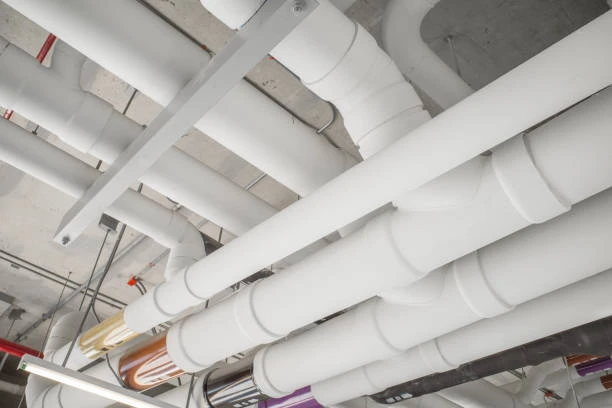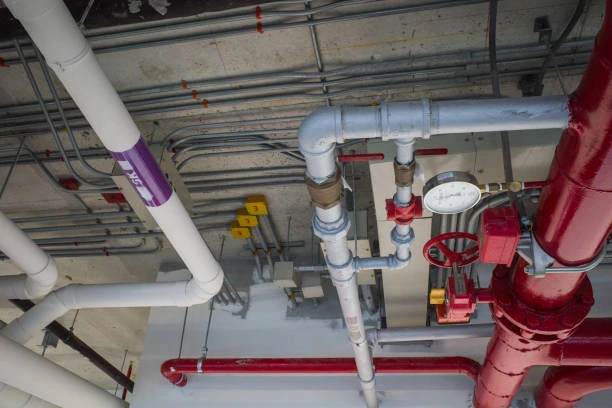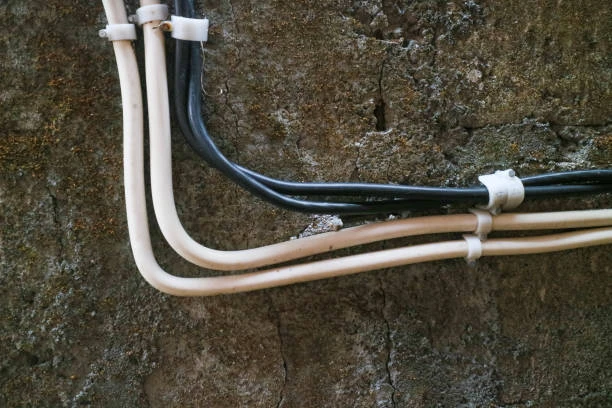Energy-Saving Advantages of Copper Ball Valves in Environmental Protection
Copper ball valves have long been trusted for their reliability and durability in water systems. In recent years, their use has become more closely linked to energy-saving and environmental protection efforts. Whether integrated into automatic water level control valve systems or used independently in pipelines, copper ball valves contribute significantly to sustainable water management. This article explores their energy-saving advantages, practical applications, purchasing tips, and installation guidance, offering a comprehensive understanding for engineers, environmental professionals, and facility managers.
Frequently Asked Questions (FAQ)
1. How do copper ball valves contribute to energy savings?
Copper ball valves allow precise flow control and quick shut-off, reducing wasted water and energy associated with pumping and treatment. Their low flow resistance design also minimises pressure loss, leading to more efficient system operation.
2. What is the role of copper ball valves in automatic water level control valve systems?
In these systems, copper ball valves act as manual or emergency shut-offs. They provide reliability and safety, complementing the automatic functions of level control valves that regulate water input based on tank or system levels.
3. Are copper ball valves environmentally friendly?
Yes. Copper is a recyclable material and has a long service life, which reduces the need for frequent replacements. Its antimicrobial properties also support clean water delivery, which is crucial in environmental protection systems.
4. Can copper ball valves handle both hot and cold water?
Absolutely. These valves are engineered to work effectively in a wide temperature range, making them suitable for domestic heating, cooling, and environmental control systems.
5. How do copper ball valves compare to plastic valves in green building projects?
Copper valves offer superior pressure and temperature resistance, longer life, and better sustainability, making them a better option for long-term energy-efficient building designs.
Basic Definition and Characteristics of Copper Ball Valves
A copper ball valve is a shut-off valve that uses a spherical disc (the “ball”) to control the flow of liquids or gases. These valves are quarter-turn, meaning they open or close with a 90-degree turn of the handle. Copper ball valves are known for their simplicity, longevity, and effective sealing.
Key characteristics include:
Quick operation: Easy to open and close with a single quarter-turn.
Full-bore design: Provides unrestricted flow with minimal pressure drop.
Long lifespan: Resistant to corrosion and scale, especially in clean water environments.
Leak-tight performance: Sealing is usually achieved with PTFE seats.
Material benefits: Copper naturally resists bacterial growth and corrosion.
Their sturdy design makes them suitable for use in energy-saving and environmentally conscious applications, especially when combined with technologies like automatic water level control valves.
Common Uses and Industry Applications
Copper ball valves are used in a wide range of systems where water management and energy conservation are top priorities. Their use spans residential, industrial, and environmental infrastructure.
Key industries and applications include:
Water conservation systems
Rainwater harvesting tanks
Automatic water level control valve systems
Green building plumbing
Solar water heating systems
Wastewater treatment facilities
Irrigation and agricultural water control
Environmental laboratories and research centres
In systems that use automatic water level control valves, copper ball valves serve as manual overrides or emergency shut-off points, ensuring safe and controlled water usage.
Buying Guide: Choosing Copper Ball Valves
Choosing the right copper ball valve is essential for optimal performance and long-term energy savings. Here are the key considerations:
1. Material Composition
Select valves made from high-quality copper or brass alloys. Look for low-lead content, especially for drinking water or environmental systems.
2. Pressure and Temperature Ratings
Ensure that the valve can withstand your system’s pressure and temperature requirements. For hot water and pressure-controlled systems, ratings should meet or exceed system design.
3. Valve Port Type
Full-port (or full-bore) valves are ideal for energy-efficient systems as they allow unrestricted flow, reducing the need for pump energy and cutting operational costs.
4. Certifications and Standards
Look for valves certified to international standards such as ISO, NSF, or EN. Certification ensures reliability and compatibility with modern green infrastructure.
5. Visibility and Identification
Choose valves with clear labelling, colour-coded handles, and a robust design. This helps with quick inspection, especially in large or automated systems.
6. Connection Type
Depending on the installation, choose from threaded, soldered, or press-fit connections. For integration into automatic systems, compatibility with control units is essential.
Installation Considerations
Proper installation of copper ball valves is key to ensuring energy-saving performance and leak-free operation. Here are important steps to follow:
Check alignment: Ensure the valve is installed with proper flow direction if indicated.
Secure fittings: Use compatible sealing materials like PTFE tape for threaded connections.
Avoid excess force: Over-tightening can damage valve threads or seals.
Support piping: Reduce stress on the valve body by securing adjacent pipes.
Test system: After installation, pressure test the entire system for leaks and proper function.
Integrate with control systems: In automatic water level setups, test valve response alongside sensors and electronic controls.
Copper Ball Valves vs Plastic Valves: A Practical Comparison
| Feature | Copper Ball Valve | Plastic Valve |
|---|---|---|
| Material Strength | Excellent for high-pressure systems | Less suitable for high-stress environments |
| Temperature Tolerance | Handles high and low temperatures well | Limited heat resistance |
| Longevity | Long service life, corrosion-resistant | Shorter life, may degrade in sunlight or extreme temperatures |
| Environmental Impact | Recyclable, supports green infrastructure | Not easily recyclable, shorter lifespan |
| Flow Efficiency | Full-port design ensures minimal loss | May restrict flow in smaller ports |
| Energy Efficiency | Minimises pump strain and energy use | May cause additional energy demand due to resistance |
| Cost | Higher upfront cost but better lifetime value | Lower cost, suitable for temporary or light-duty use |
Conclusion
Copper ball valves play a vital role in promoting energy efficiency and environmental protection in modern water systems. Their reliable performance, corrosion resistance, and compatibility with systems such as automatic water level control valves make them ideal for sustainable infrastructure projects. When integrated into smart water networks, these valves help reduce water loss, lower energy consumption, and ensure long-term operational reliability.
Compared to plastic alternatives, copper valves offer greater durability, longer service life, and reduced environmental impact. These advantages make them a valuable choice for projects focused on water conservation, smart city development, and green building standards.
Connect
IFAN is a trusted manufacturer from China with over 30 years of experience in producing plastic pipes, copper fittings, and valves. Our products are widely used in environmental protection projects, municipal systems, and residential plumbing networks.
If you are interested in IFAN copper fittings, copper valves, plastic pipes, and fittings, please contact us. We offer a full range of high-quality and cost-effective piping and valve solutions tailored to your needs.
We reply to all inquiries within 24 hours.
For any questions, feel free to contact us at any time.
- For more information,pls visit our webside https://waterpipefitting.com/
Pls Mailto: [email protected]
Whatsapp: +86 15088288323
IFAN Product Compliance and Standards
All IFAN products meet a wide range of international standards, ensuring safety, reliability, and compatibility across global markets:
ISO 15874, EN 15874, ASTM F2389
DIN 8077/8078, GB/T 18742, NBR 15884
ISO 15494, EN ISO 15494, GB/T 19472
ASTM 2846 (501), DIN 8079/8080 (502)
ASTM F441/F441M SCH80 (503), DIN (504), DIN (505)
GB/T 18993, AS/NZS 1477, CSA B137.6
NSF/ANSI 14, TIS 17-2532/1131-2535
BS 3505, BS 4346 (801), ASTM D1785 SCH40 (802), SCH80 (803)
ASTM D2241, D2665, D2729, F441/F441M series
ISO 1452, EN ISO 1452, DIN 8061/8062
GB/T 10002, JIS K6741, CSA B137.3
Choose IFAN for sustainable, high-performance plumbing and environmental solutions.














Recent Comments